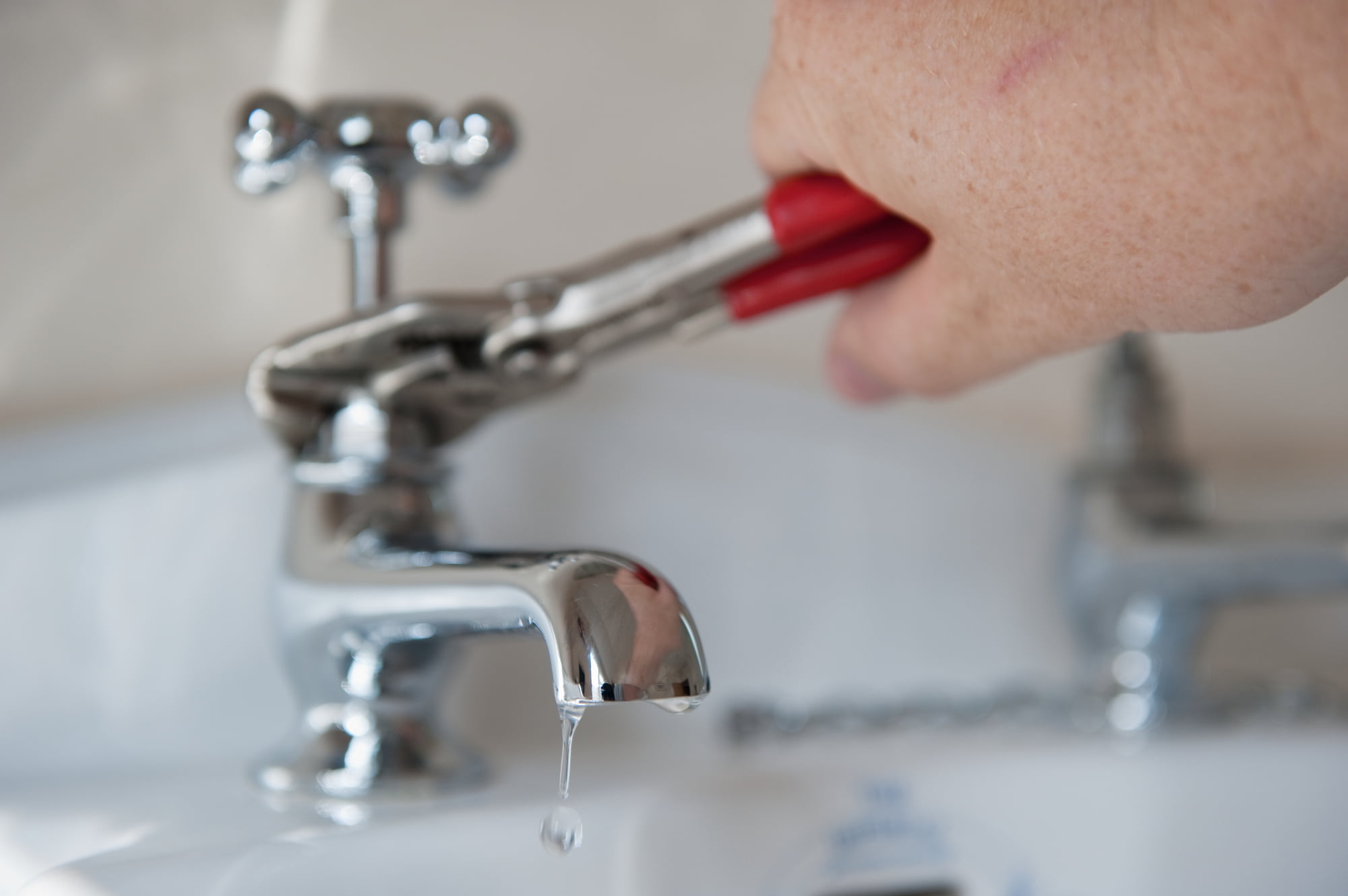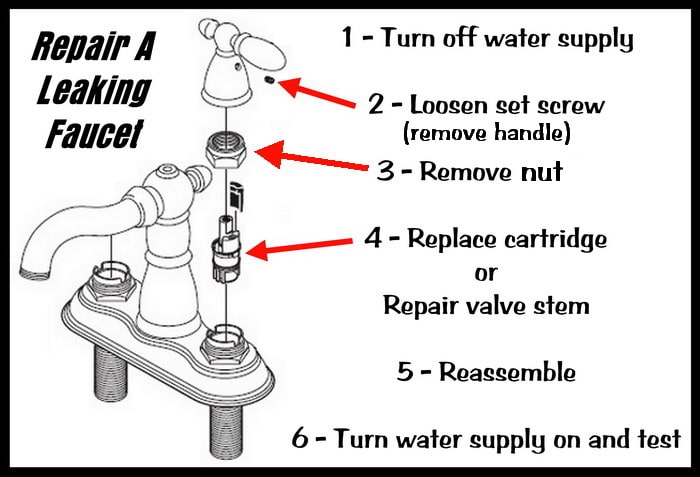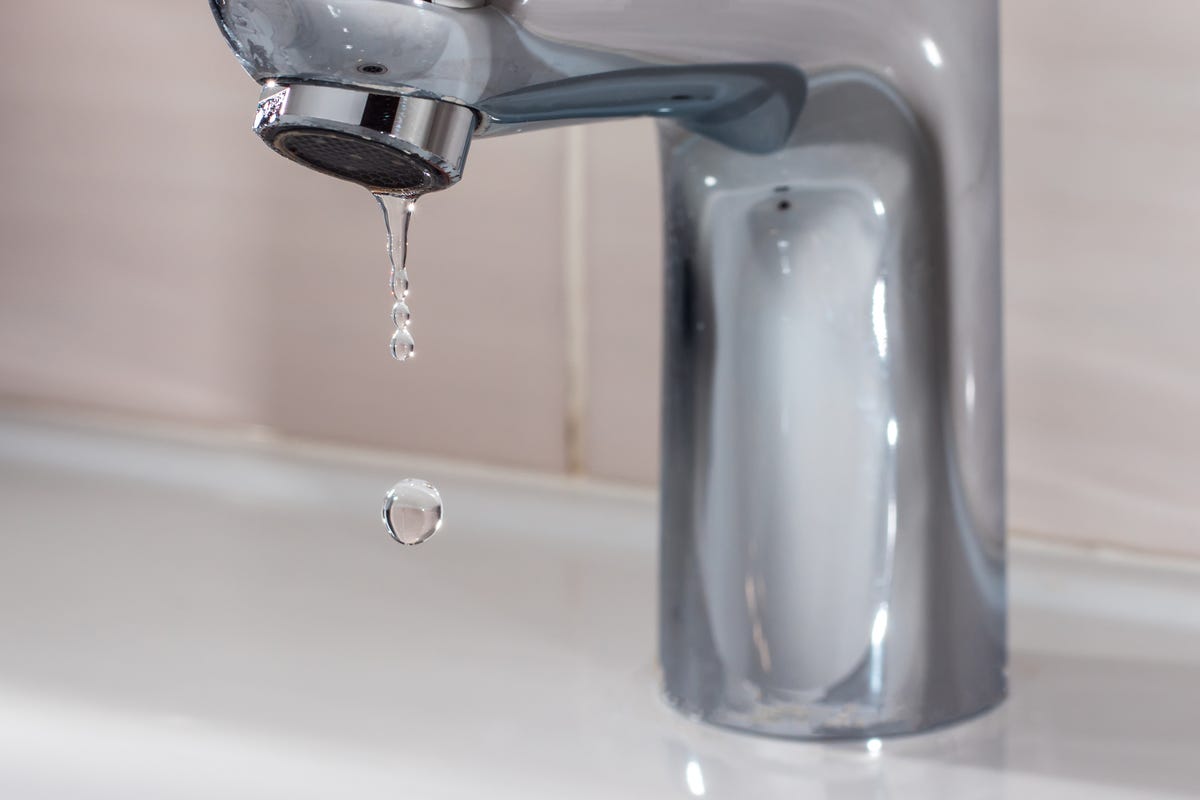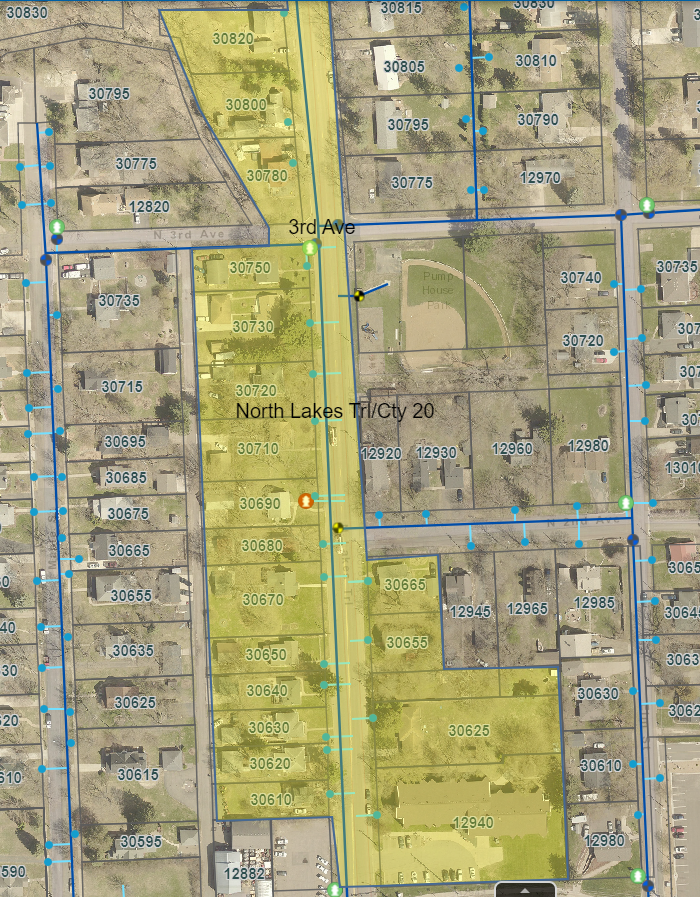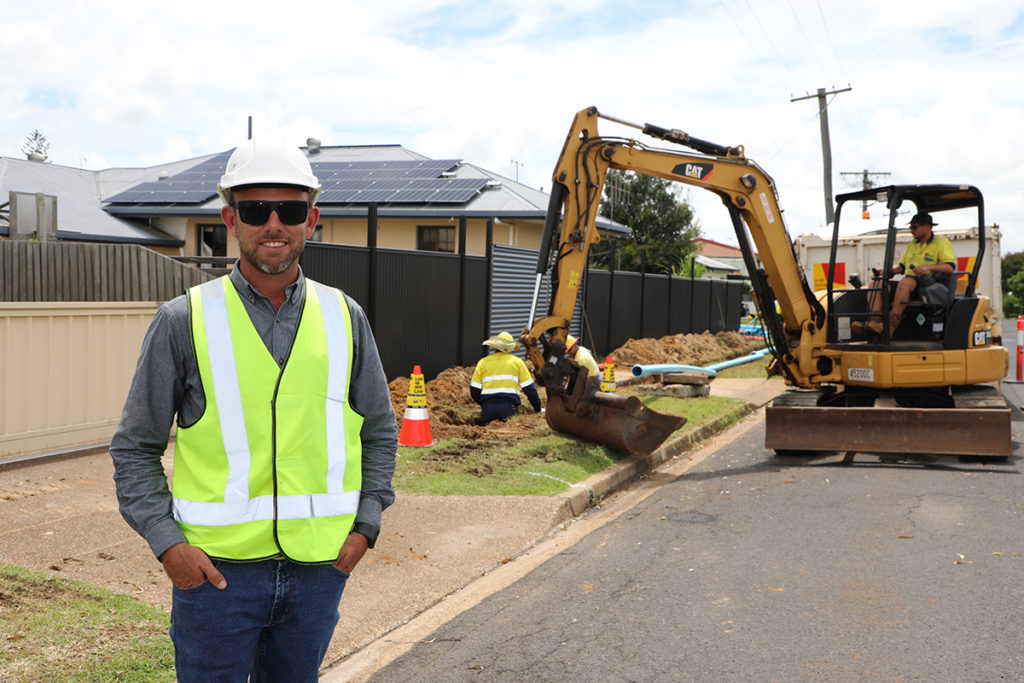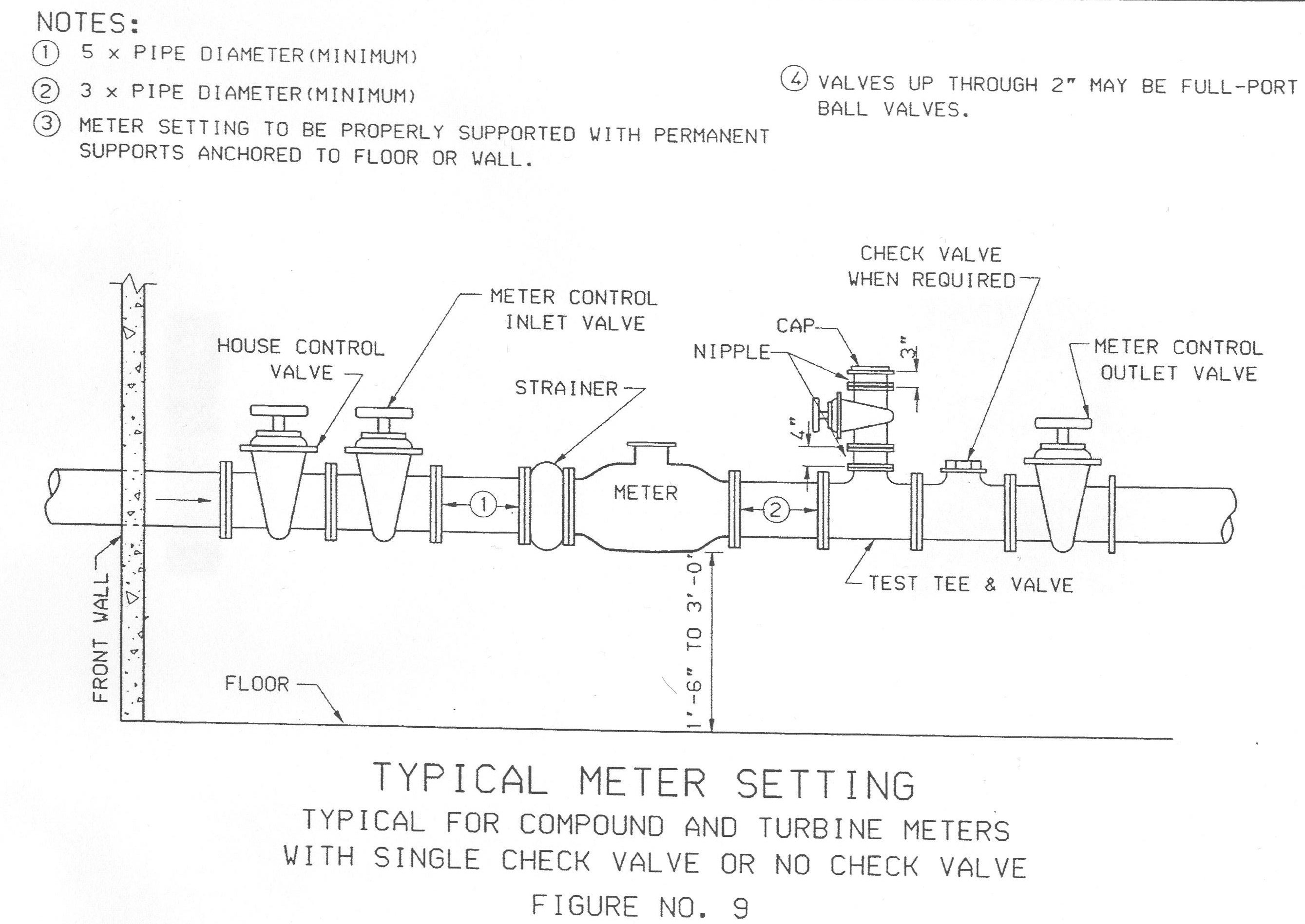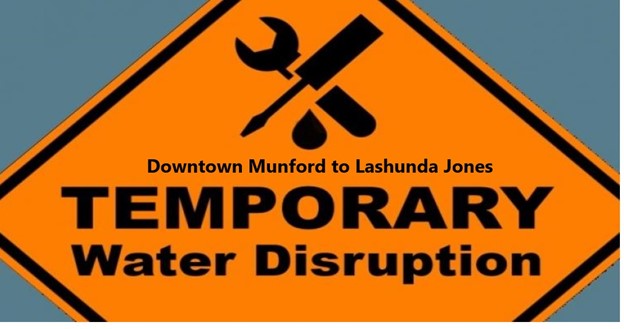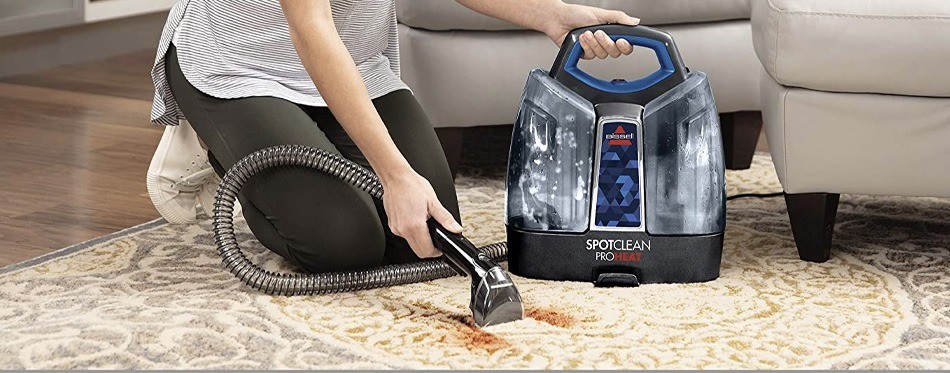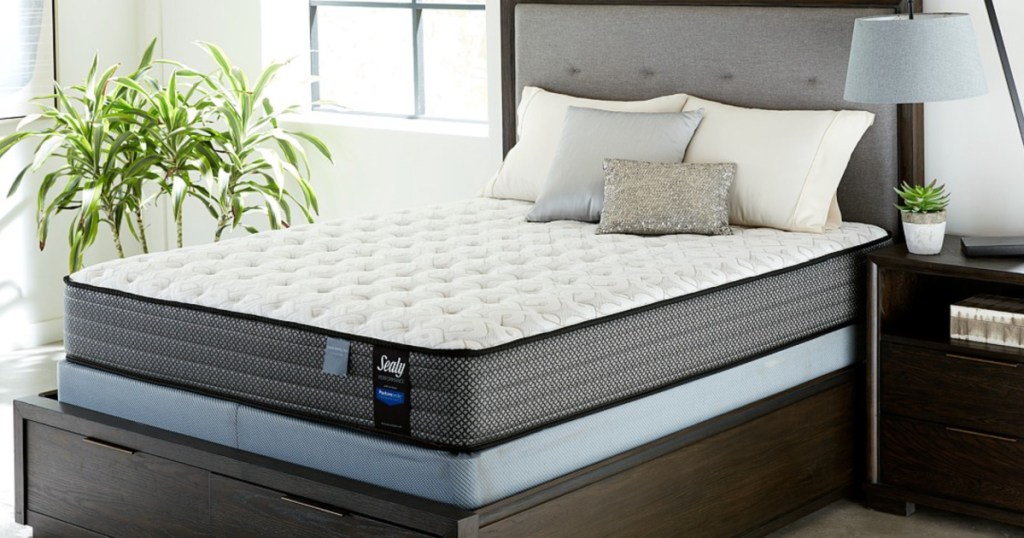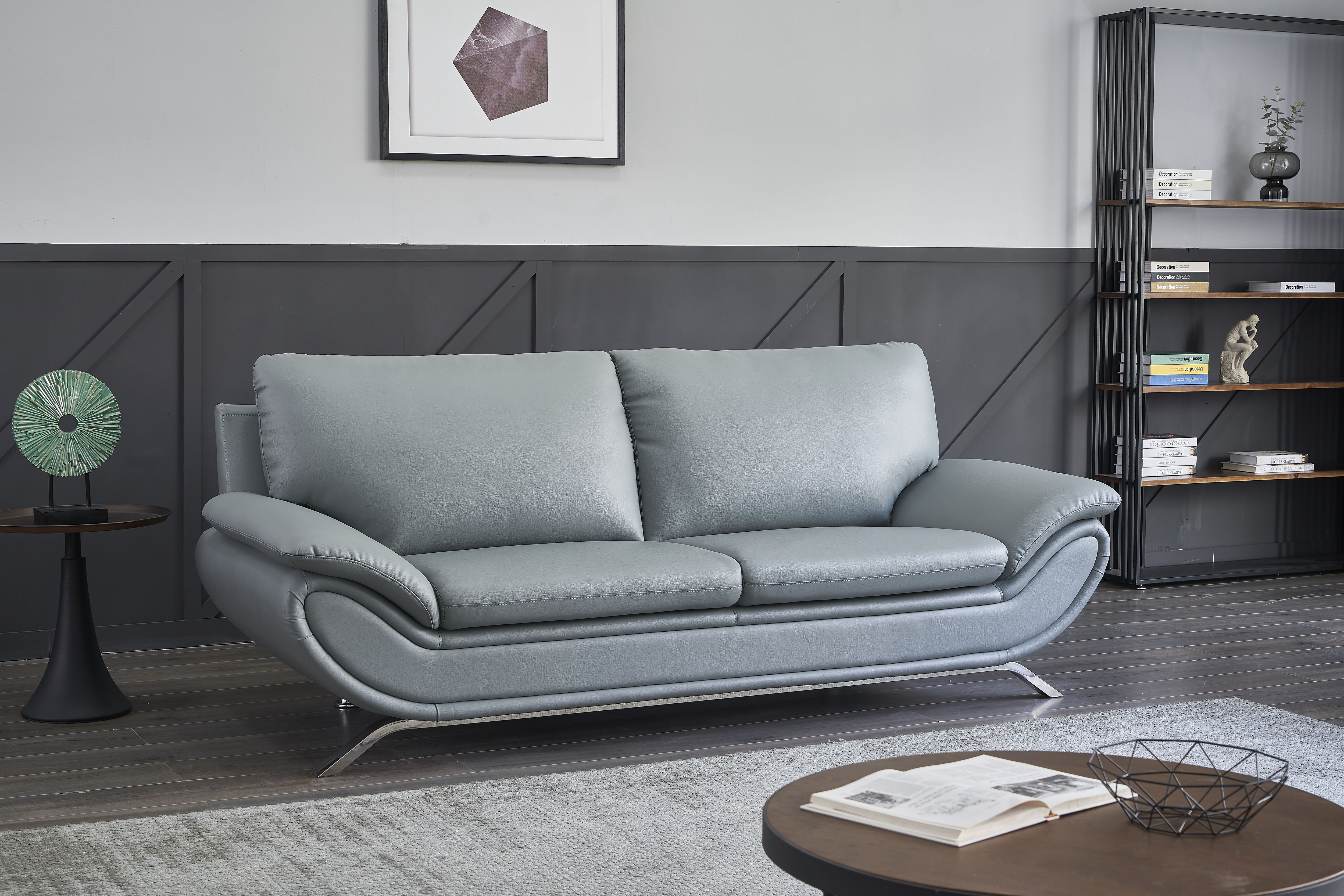If you're experiencing a sudden loss of water pressure in your kitchen sink, the first thing you should check is the aerator. This small mesh screen is located at the end of your faucet and is responsible for filtering out any debris or sediment from the water. Over time, it can become clogged with mineral deposits or debris, which can greatly reduce the water flow. To check the aerator, simply unscrew it from the end of your faucet and rinse it off under running water. If you notice any buildup, gently scrub it away with an old toothbrush. Once it's clean, reattach it to your faucet and see if the water pressure has improved.Check the aerator
If the aerator is not the issue, the next step is to check the water supply valve. This valve controls the flow of water into your kitchen sink and can sometimes get accidentally closed or partially closed. If this happens, it can greatly reduce the water pressure. To check the water supply valve, locate it under your sink and make sure it is fully open. If it is closed, turn it counterclockwise to open it. If it is already open, try turning it off and on again to see if that helps improve the water pressure.Check the water supply valve
If the aerator and water supply valve are not the source of the problem, the next step is to check for clogs in the faucet itself. Over time, debris and mineral deposits can build up inside the faucet, causing blockages that can greatly reduce the water flow. To check for clogs, turn off the water supply and disassemble your faucet. Clean any visible debris or buildup from the inside of the faucet and reassemble it. Turn the water supply back on and see if the water pressure has improved.Check for clogs in the faucet
If you have an older home, it's possible that the water pressure regulator may be the cause of your low water pressure. This device is responsible for regulating the pressure of the water coming into your home from the main water supply. If it is malfunctioning, it can result in a loss of water pressure. To check the water pressure regulator, locate it near your water main and make sure it is set to the correct pressure. If it is not, you may need to adjust it or replace it.Check the water pressure regulator
If none of the above solutions have improved your water pressure, it's possible that there is a leak somewhere in your plumbing. Even a small leak can greatly reduce the water pressure in your kitchen sink. To check for leaks, inspect all visible pipes under your sink and look for any signs of water or dampness. If you find a leak, it will need to be repaired as soon as possible.Check for leaks in the pipes
If your kitchen sink has a water filter, it's important to check it regularly. Over time, the filter can become clogged with debris and sediment, which can greatly reduce the water flow. Replace the filter if it is dirty or clogged and see if that improves the water pressure.Check the water filter
In some cases, air can become trapped in the pipes, which can result in a loss of water pressure. To release the trapped air, turn on your kitchen sink and let it run for a few minutes. This should help to push the air out of the pipes and restore the water pressure.Check for air in the pipes
If your kitchen sink only has low water pressure with hot water, the issue may be with your hot water heater. Sediment and debris can build up in the tank over time, which can affect the water flow. It's important to regularly flush your hot water heater to prevent this buildup and maintain good water pressure.Check the hot water heater
If you have tried all of the above solutions and are still experiencing low water pressure, the problem may be with your faucet itself. Over time, the internal components of a faucet can wear out, resulting in a loss of water pressure. In this case, the best solution may be to replace the faucet altogether.Check for a faulty faucet
If none of the previous solutions have helped to improve your water pressure, it's possible that the issue is with the water main. A problem with the main water supply can affect the water pressure in your entire home. Contact your water provider to see if there are any known issues with the main supply in your area. In summary, a sudden loss of water pressure in your kitchen sink can be frustrating, but it's important to address the issue as soon as possible. By checking the aerator, water supply valve, faucet, water pressure regulator, and pipes, you can narrow down the source of the problem and hopefully resolve it yourself. If not, it may be best to call a professional plumber to diagnose and fix the issue. Don't let a loss of water pressure dampen your kitchen experience – take action and get your water flowing again!Check the water main
Reasons for Lost Water Pressure in the Kitchen Sink

Potential Blockages in the System
 One of the most common reasons for lost water pressure in the kitchen sink is due to potential blockages in the plumbing system. Over time, mineral deposits, food particles, and other debris can build up in the pipes, causing a decrease in water flow. This can result in reduced water pressure in the kitchen sink. Additionally, old or corroded pipes can also contribute to blockages and affect water pressure. If you suspect a blockage in your plumbing system, it is important to contact a professional plumber to properly diagnose and resolve the issue.
One of the most common reasons for lost water pressure in the kitchen sink is due to potential blockages in the plumbing system. Over time, mineral deposits, food particles, and other debris can build up in the pipes, causing a decrease in water flow. This can result in reduced water pressure in the kitchen sink. Additionally, old or corroded pipes can also contribute to blockages and affect water pressure. If you suspect a blockage in your plumbing system, it is important to contact a professional plumber to properly diagnose and resolve the issue.
Issues with the Faucet or Aerator
 Another possible cause of lost water pressure in the kitchen sink could be a faulty faucet or aerator. Over time, faucets and aerators can become clogged with debris and mineral deposits, leading to a decrease in water flow. In some cases, the faucet or aerator may need to be replaced to restore proper water pressure. It is important to regularly clean and maintain these components to prevent any potential issues.
Another possible cause of lost water pressure in the kitchen sink could be a faulty faucet or aerator. Over time, faucets and aerators can become clogged with debris and mineral deposits, leading to a decrease in water flow. In some cases, the faucet or aerator may need to be replaced to restore proper water pressure. It is important to regularly clean and maintain these components to prevent any potential issues.
Problems with the Water Supply Line
 A damaged or clogged water supply line can also be a contributing factor to lost water pressure in the kitchen sink. The water supply line connects the main water source to your home's plumbing system, and any issues with it can affect water pressure throughout the house. If you suspect a problem with the water supply line, it is best to contact a professional plumber to inspect and repair the issue.
A damaged or clogged water supply line can also be a contributing factor to lost water pressure in the kitchen sink. The water supply line connects the main water source to your home's plumbing system, and any issues with it can affect water pressure throughout the house. If you suspect a problem with the water supply line, it is best to contact a professional plumber to inspect and repair the issue.
Issues with the Pressure Regulator
 Your home's water pressure is regulated by a device called a pressure regulator. If this device is malfunctioning or has become damaged, it can lead to fluctuations in water pressure, including a decrease in pressure in the kitchen sink. A professional plumber can inspect and adjust the pressure regulator to ensure it is functioning properly and restore proper water pressure in your kitchen sink.
Your home's water pressure is regulated by a device called a pressure regulator. If this device is malfunctioning or has become damaged, it can lead to fluctuations in water pressure, including a decrease in pressure in the kitchen sink. A professional plumber can inspect and adjust the pressure regulator to ensure it is functioning properly and restore proper water pressure in your kitchen sink.
Conclusion
 In conclusion, there are several possible reasons for lost water pressure in the kitchen sink. From potential blockages in the plumbing system to issues with specific components such as the faucet or pressure regulator, it is important to properly diagnose and address the issue to restore proper water pressure. Regular maintenance and prompt repairs can help prevent this problem from occurring in the future. If you are experiencing low water pressure in your kitchen sink, it is best to consult a professional plumber for proper diagnosis and resolution.
In conclusion, there are several possible reasons for lost water pressure in the kitchen sink. From potential blockages in the plumbing system to issues with specific components such as the faucet or pressure regulator, it is important to properly diagnose and address the issue to restore proper water pressure. Regular maintenance and prompt repairs can help prevent this problem from occurring in the future. If you are experiencing low water pressure in your kitchen sink, it is best to consult a professional plumber for proper diagnosis and resolution.











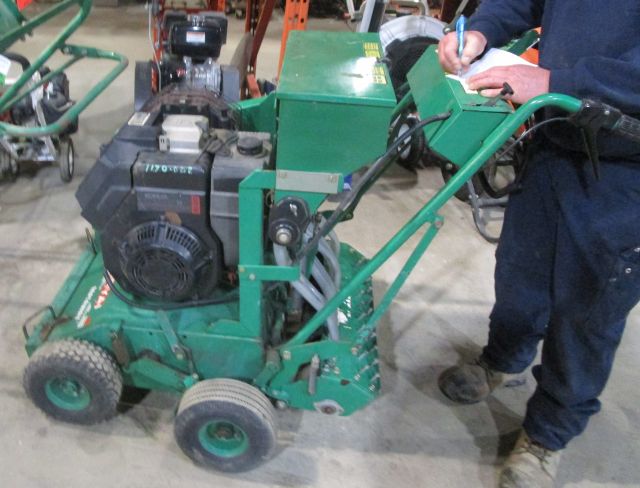
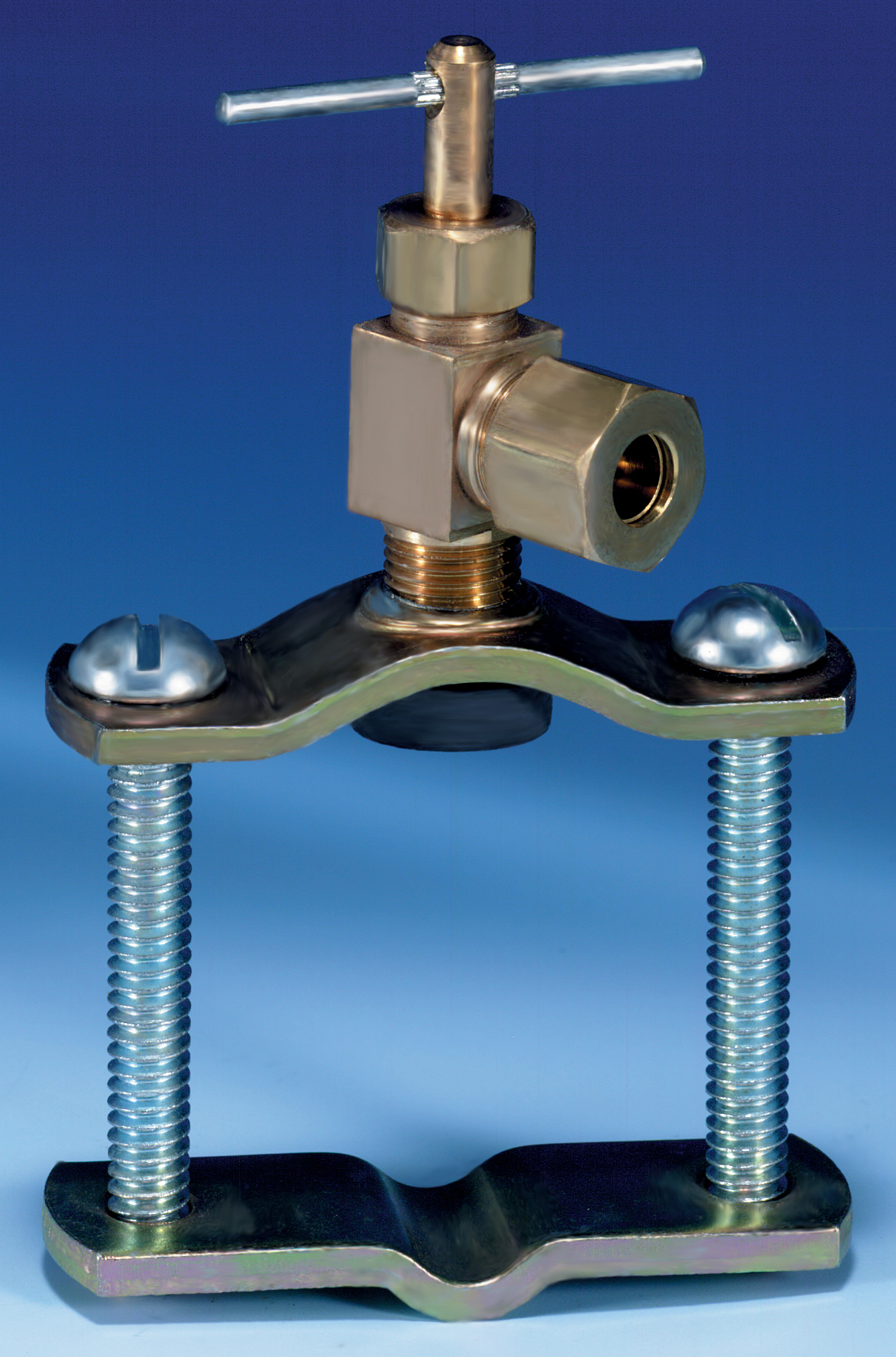





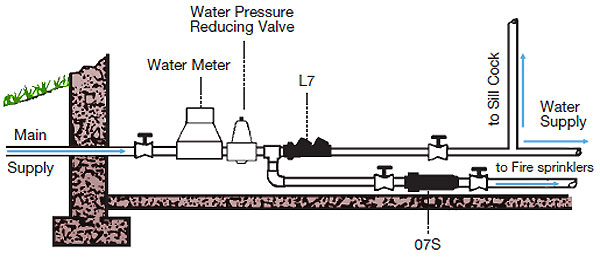














:max_bytes(150000):strip_icc()/the-men-s-hand-opens-the-ball-valve-on-the-collector-1006810456-5c5fc73fc9e77c000159c4af.jpg)



:max_bytes(150000):strip_icc()/testing-water-pressure-in-your-home-2718692-04-c37ab3236d0d4b61b87079ebf9ef823e.jpg)




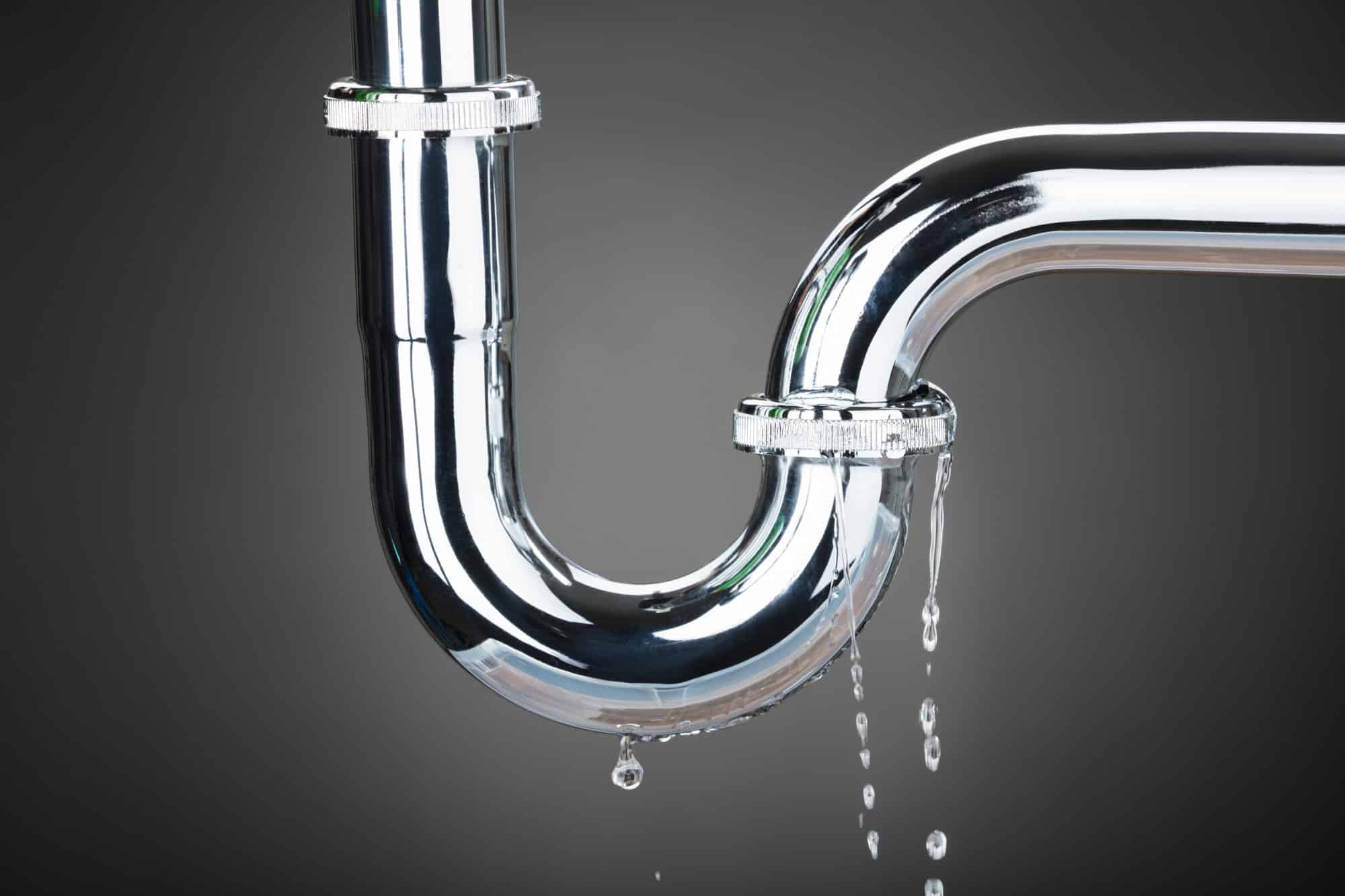
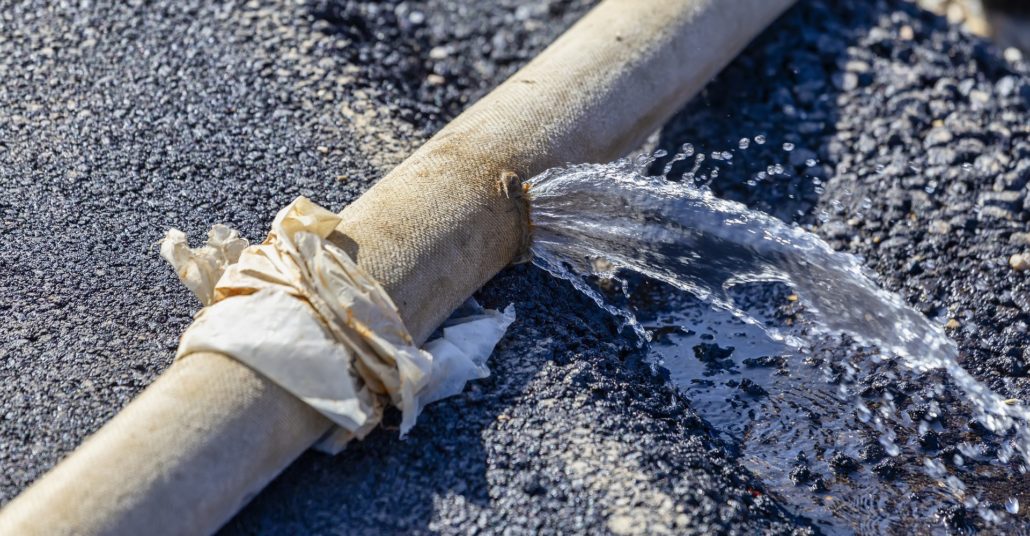
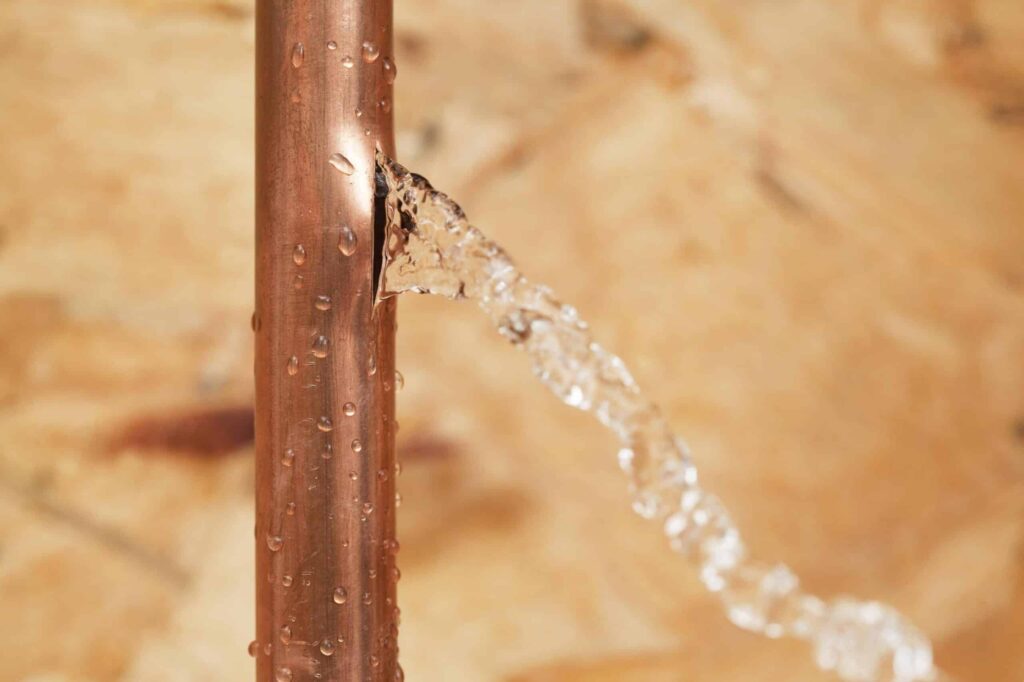


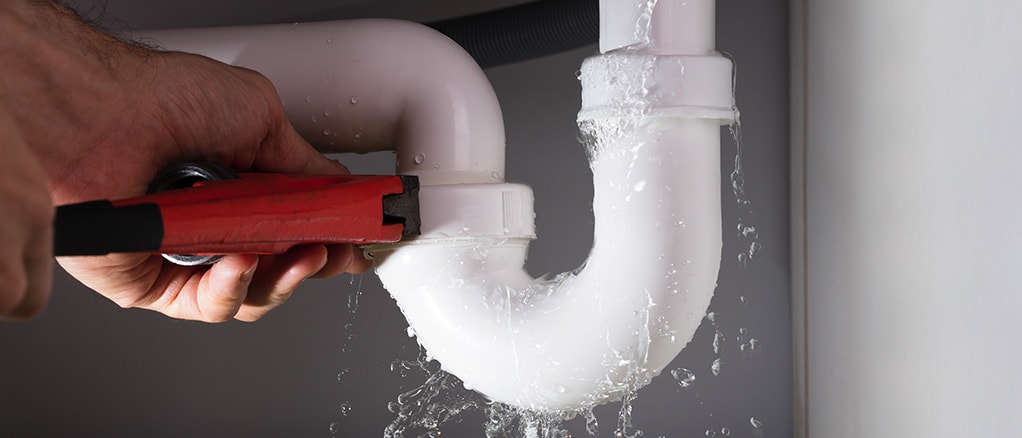
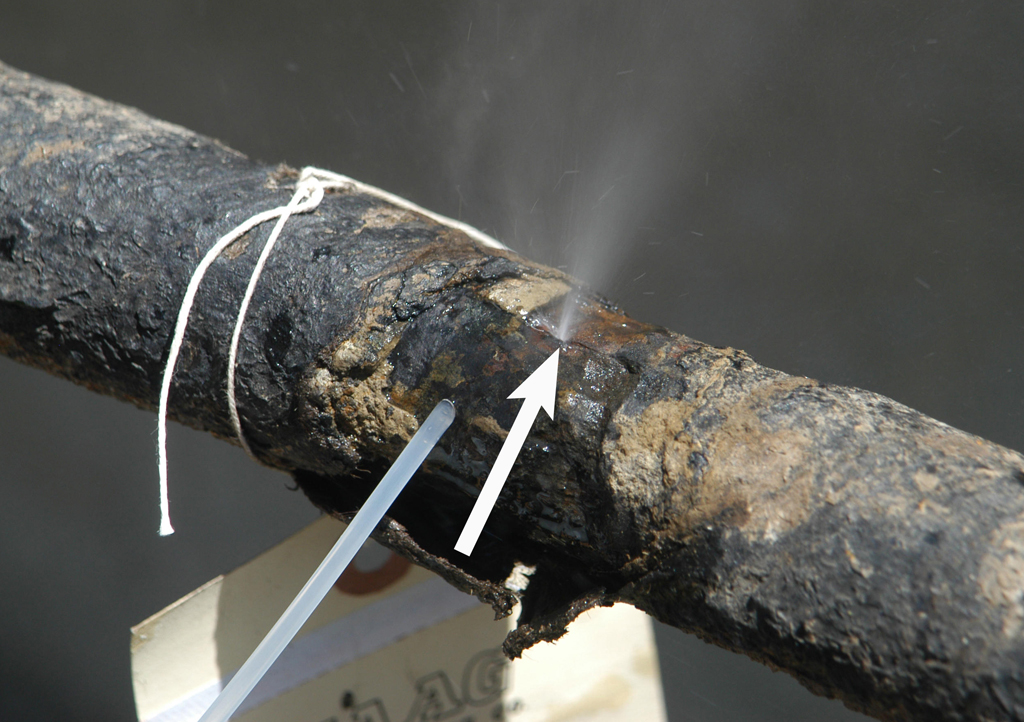







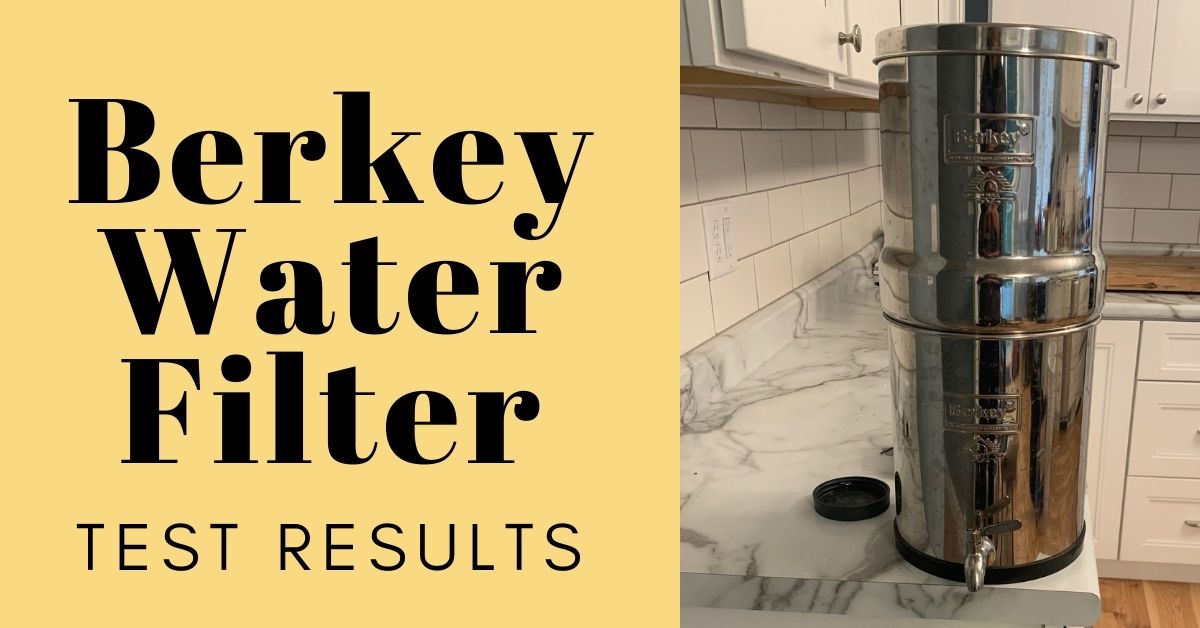
/cdn.vox-cdn.com/uploads/chorus_image/image/63879746/WaterFilter_2.0.jpg)








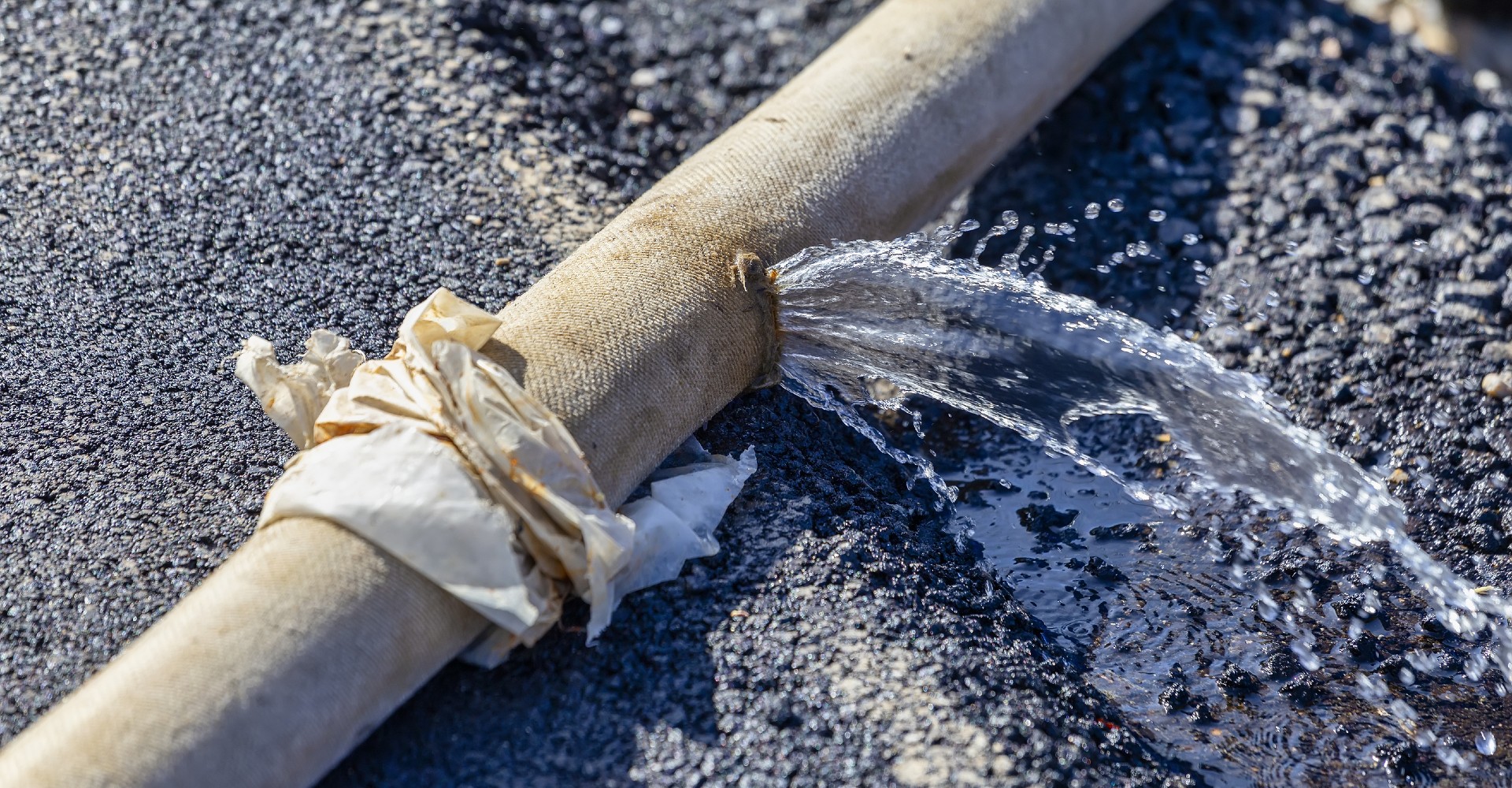

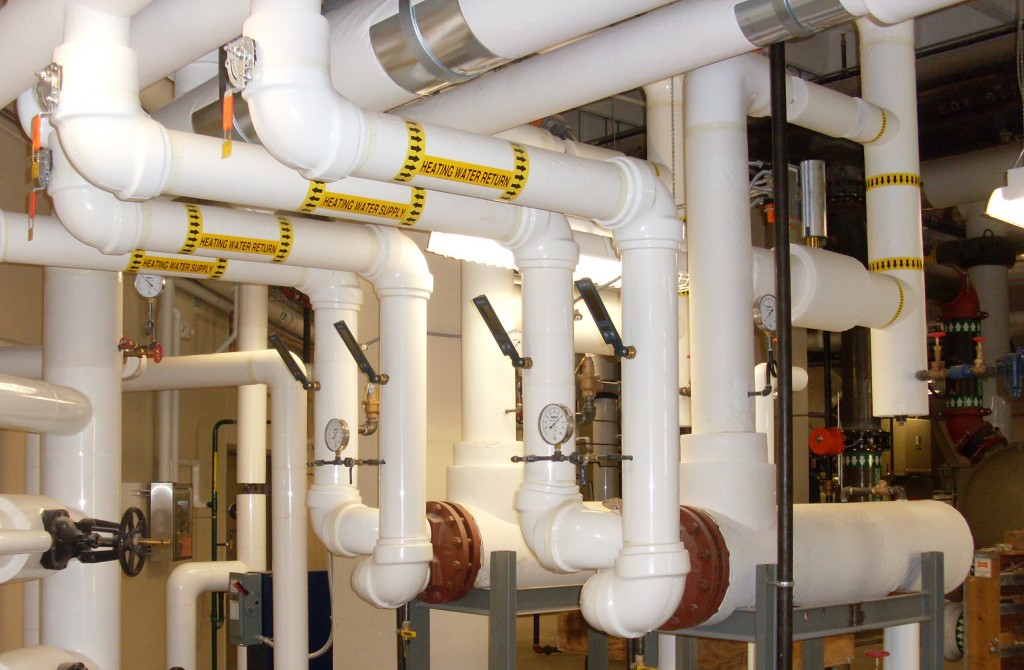



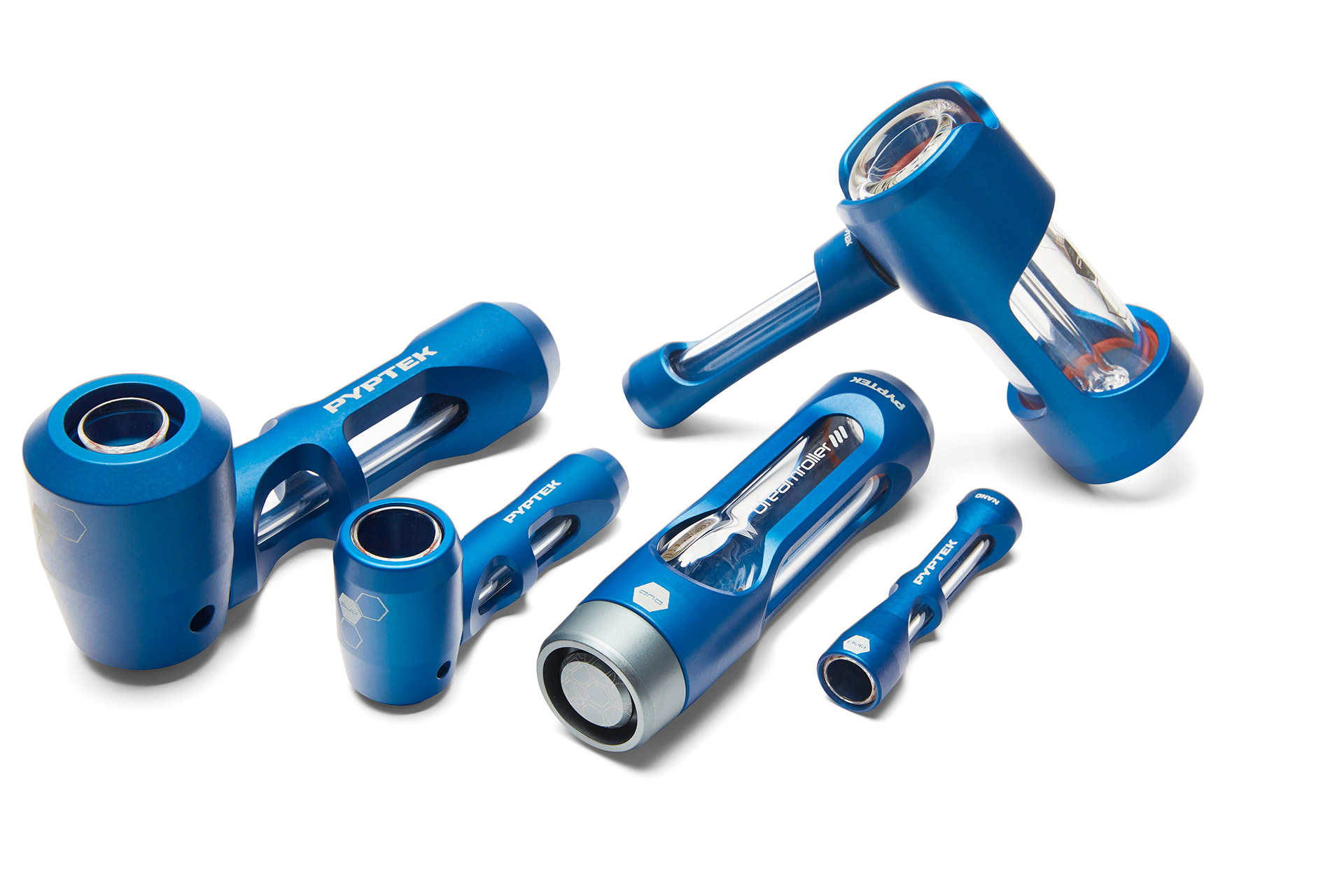


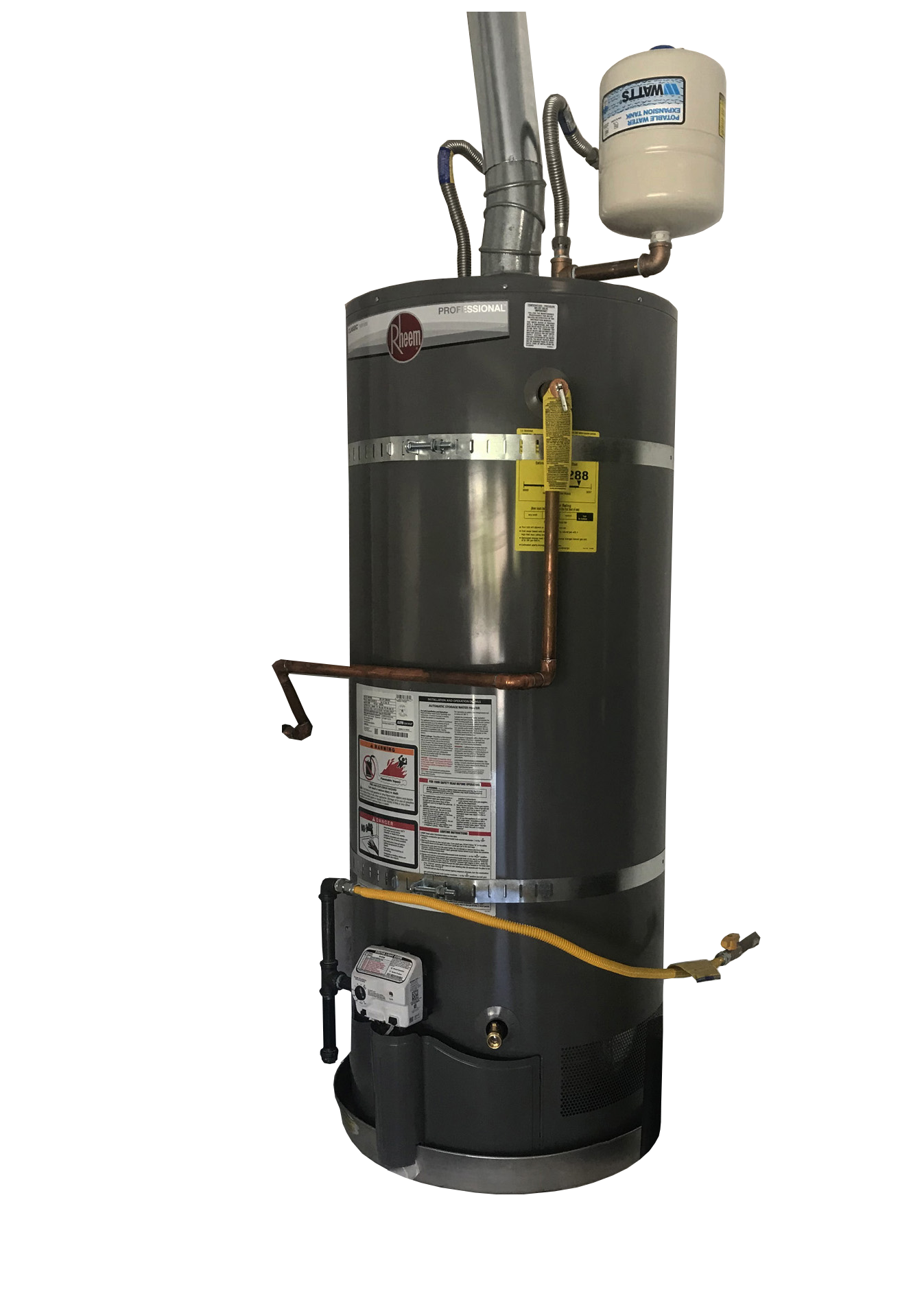
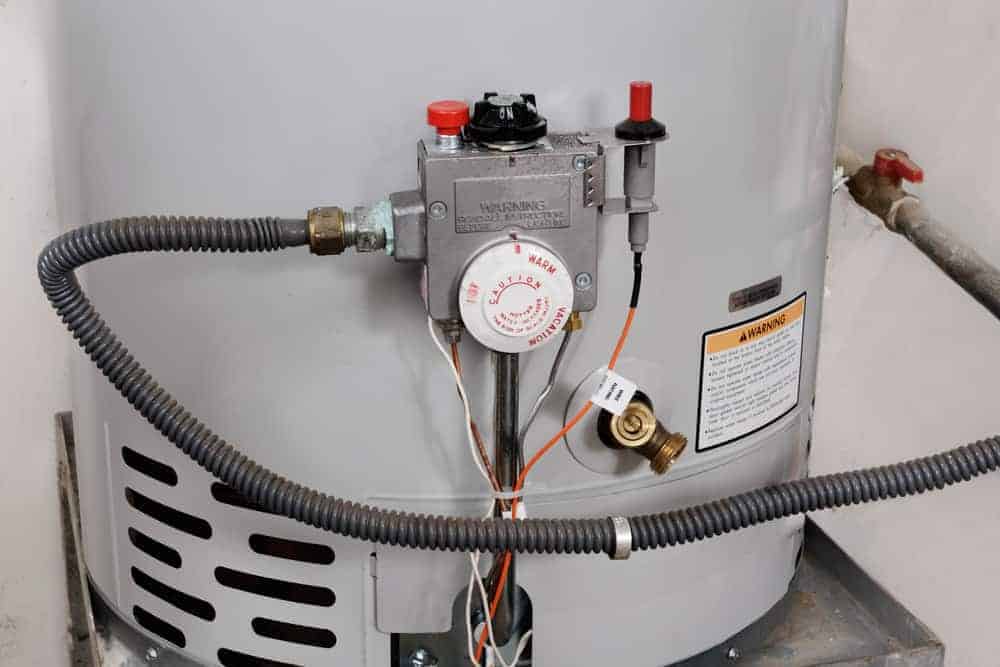
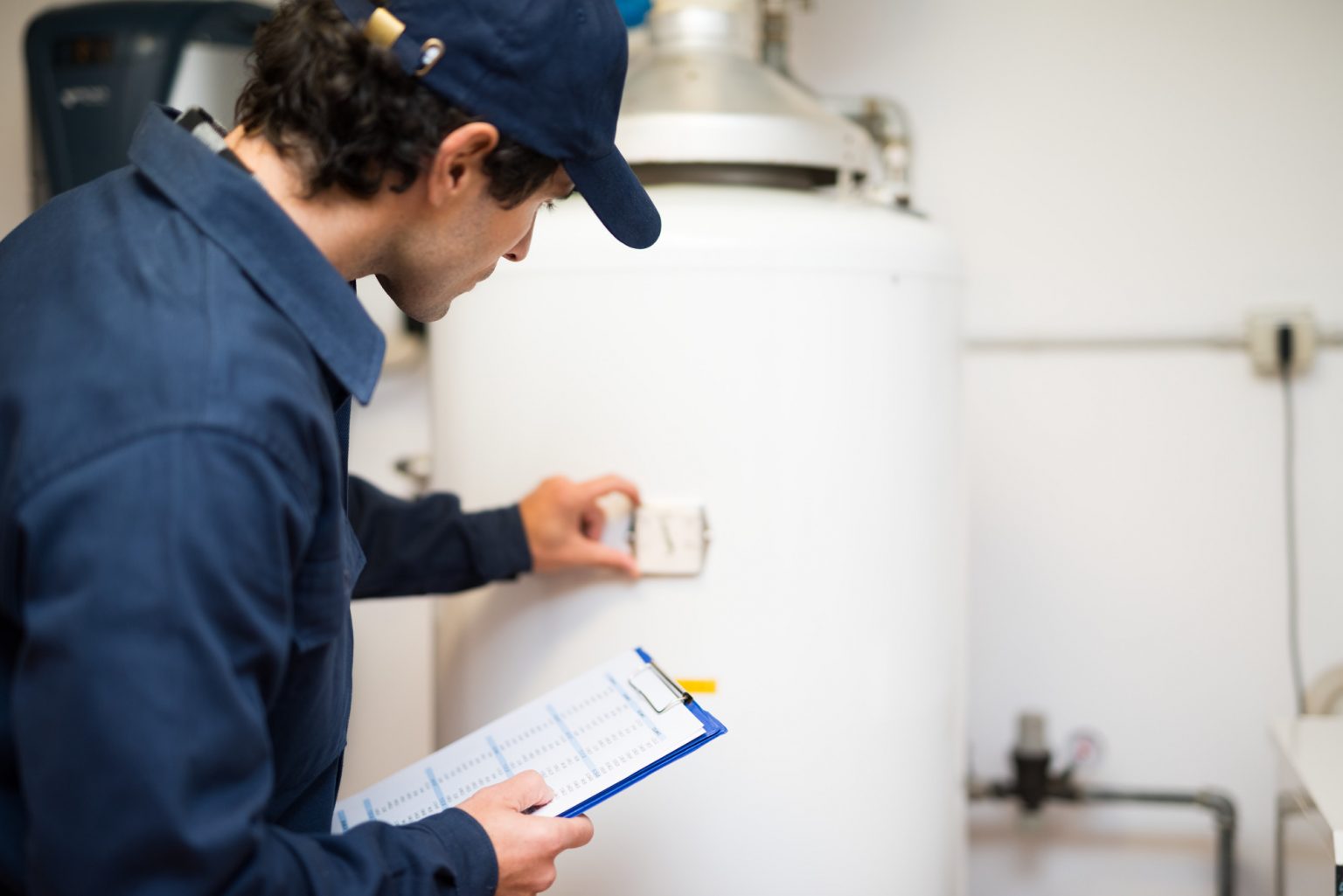
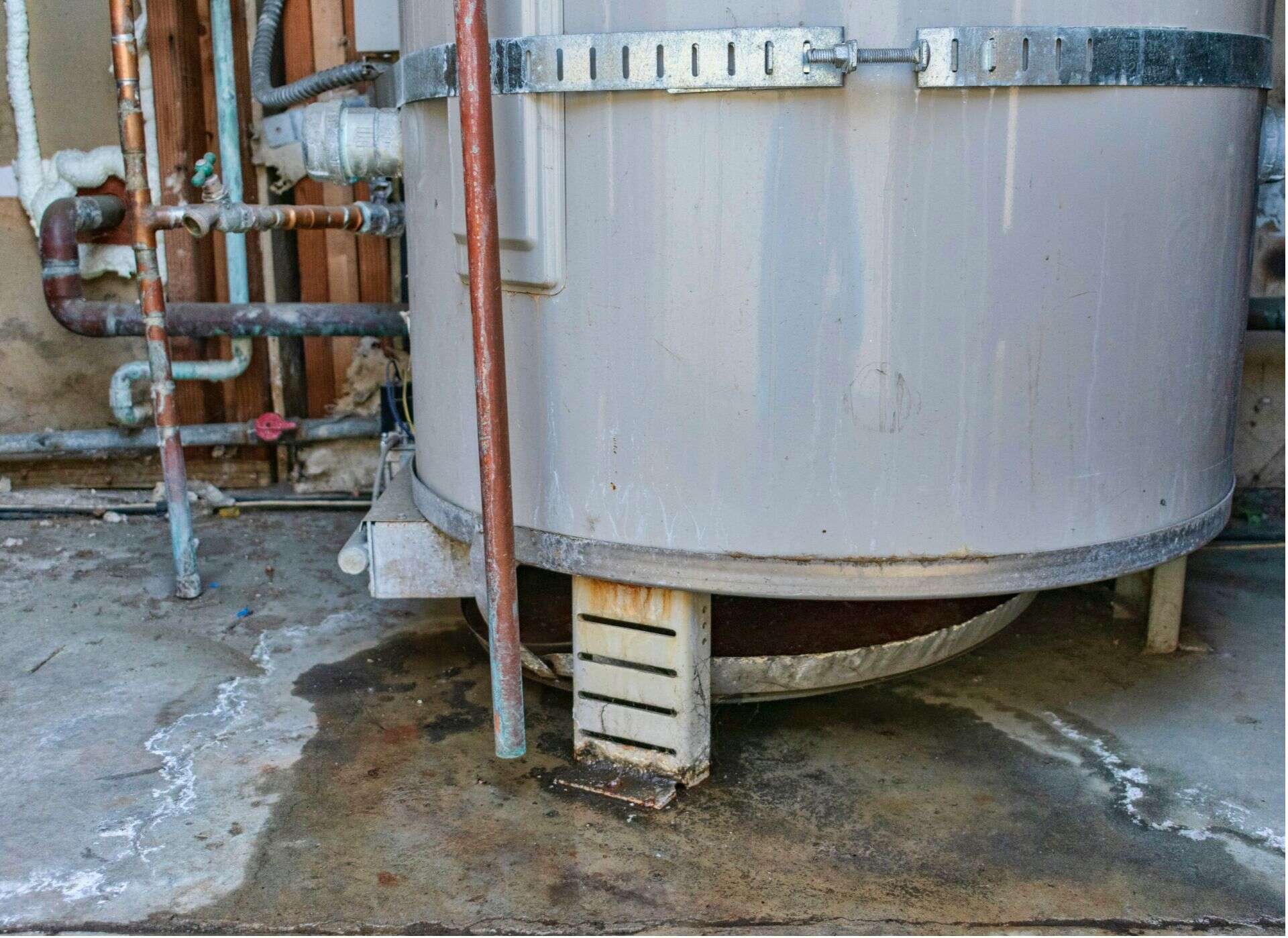




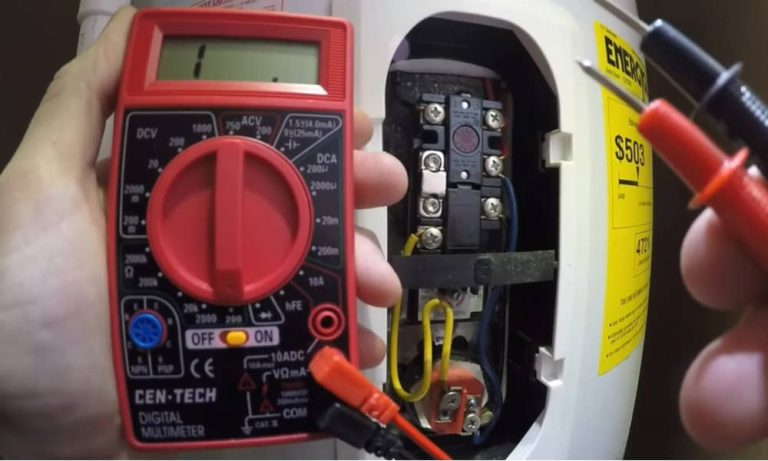
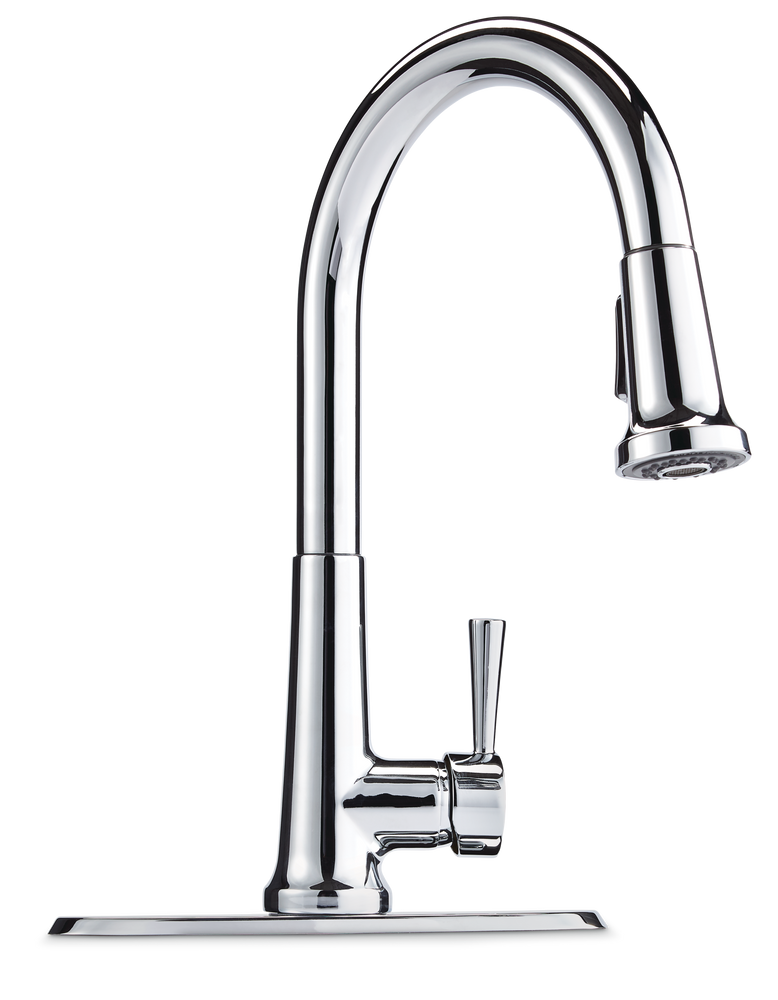

:max_bytes(150000):strip_icc()/faulty-kitchen-faucet-140358503-5840b9c43df78c02309d3c30.jpg)
